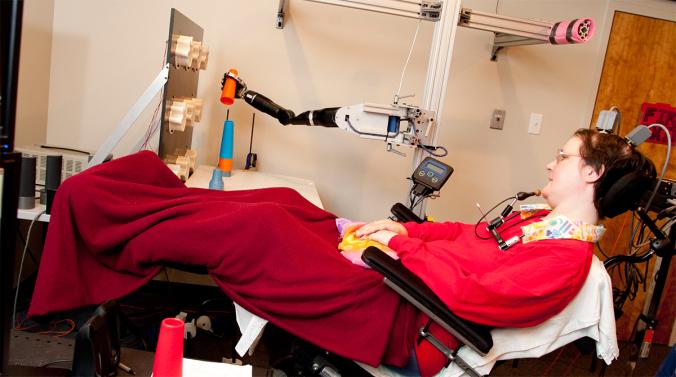The New York Times, December 24, 2014
In 1924, the State of Virginia attempted to define what it means to be white.
The state’s Racial Integrity Act, which barred marriages between whites and people of other races, defined whites as people “whose blood is entirely white, having no known, demonstrable or ascertainable admixture of the blood of another race.”
There was just one problem. As originally written, the law would have classified many of Virginia’s most prominent families as not white, because they claimed to be descended from Pocahontas.
Continue reading “White? Black? A Murky Distinction Grows Still Murkier”
